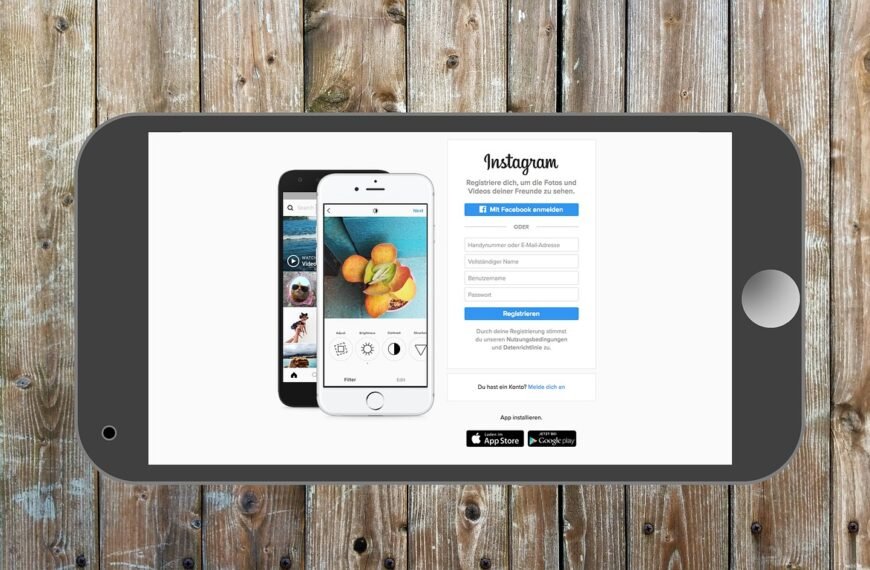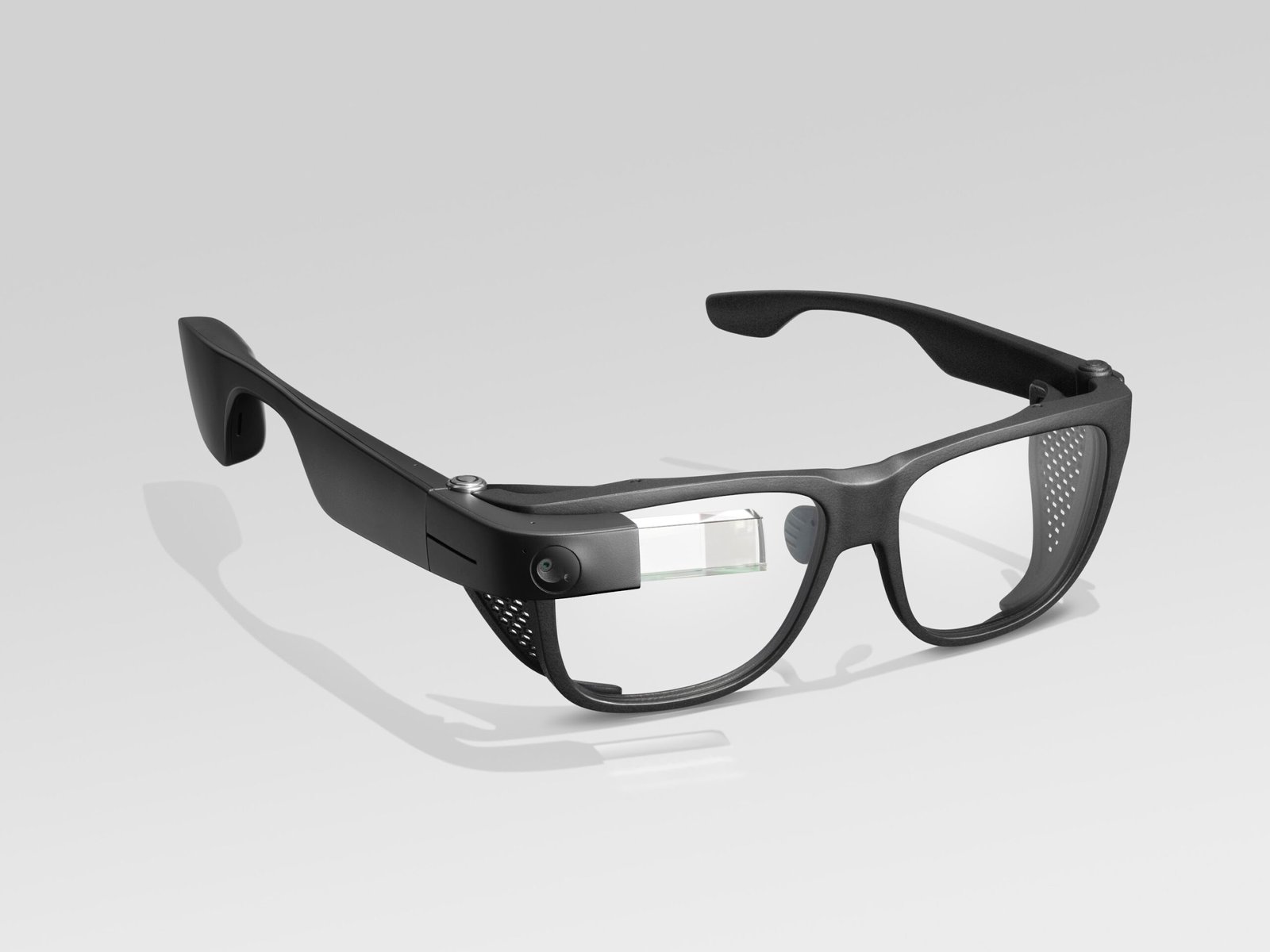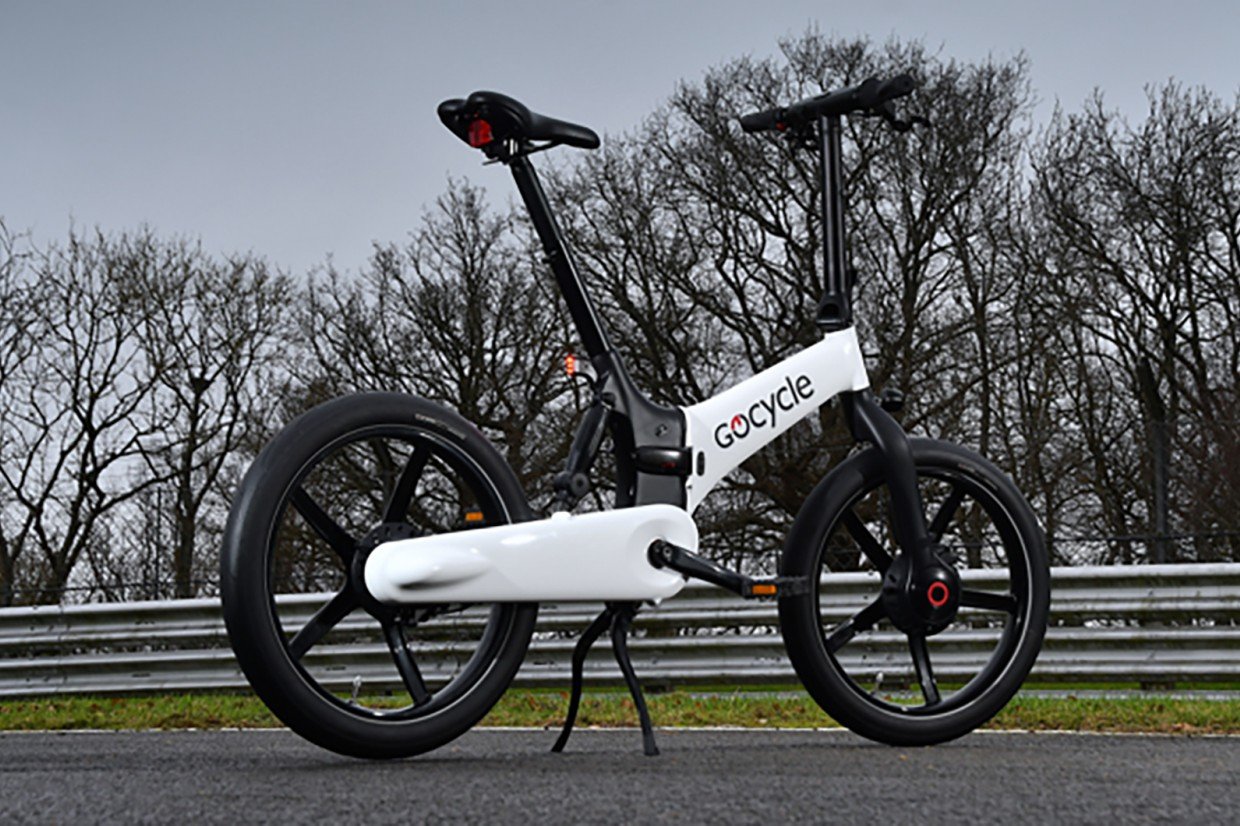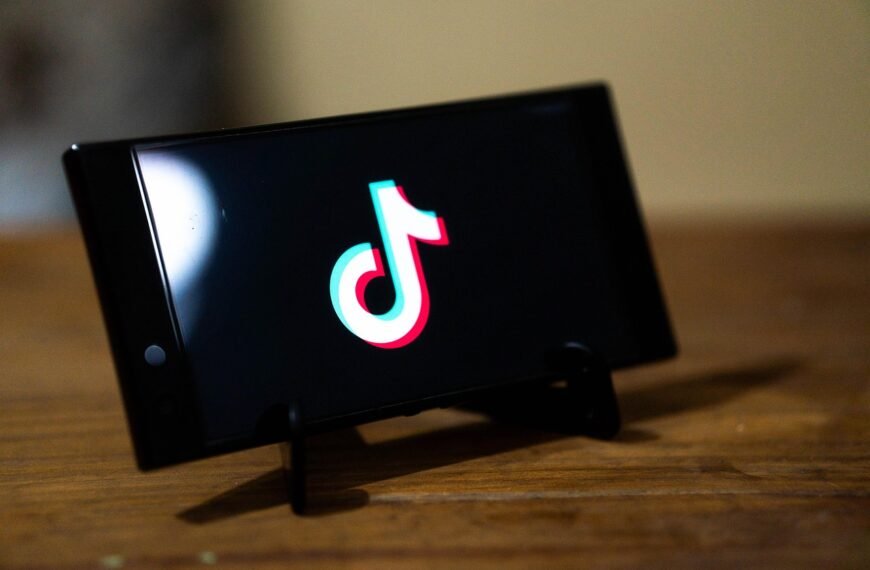Many people believe that seeing the 5G symbol on their phones means they are getting super-fast internet speeds. When 5G first arrived, mobile networks promised lightning – fast downloads, smooth streaming, and instant connectivity. However, real-world experience shows that this may not always be true.
The Reality Behind the 5G Symbol
Recent research has revealed that many smartphones showing the 5G symbol are not actually using true 5G connections. Around 40% of the time, phones still run on 4G networks even though the 5G symbol appears on the screen. This means users may be paying for a 5G plan but still getting slower speeds.
While 5G technology can, in theory, reach speeds up to 20,000 megabytes per second, most users never experience anything close to that. The reason is that 5G works best over short distances and needs more towers, which makes it harder to provide full coverage everywhere.
Why It Happens
The issue lies in how mobile networks define and deliver 5G. When your phone displays the 5G icon, it only means that 5G service is available in your area – not necessarily that your phone is connected to it. In many cases, the data still travels through older 4G infrastucture.
Even with the latest “standalone 5G” plans, your phone can still switch back to 4G when the signal isn’t strong enough. This can result in slower speeds, buffering during videos, and longer download times – especially in areas where 5G coverage is weak.
The Cost vs. Value of Standalone 5G
Standalone 5G plans are marketed as offering “true” 5G performance, but they often come with higher price tags. Experts say that these plans may not yet be worth the cost for more users, as the coverage remains limited even in big cities. However, the service could perform better in crowded places such as train stations or shopping areas.
What You Can Do
If you’re paying for 5G but feel you’re not getting what you expected, here are some simple steps to check;
1. Test your speed – Use a free online speed – testing tool to check your actual download and upload rates.
2. Check your coverage – Use a mobile coverage checker to see if your area has strong 4G or 5G signals.
3. Talk to your provider – If you’re not satisfied with the signal strength or speed, contact your provider for advice or support.
4. Switch providers – If you’re out of contract, try moving to another network that offers better 5G coverage in your area.
The Need for Clear Information
Customers deserve to know exactly what they’re paying for. When people buy a 5G plan, they expect faster speeds and reliable connections. But if networks only show a symbol without guaranteeing performance, users are left confused.
Mobile service providers say the 5G icon only indicates that 5G is available in the area. The phone automatically switches between 4G and 5G to give the best possible connection based on signal strength and location.
Still, as coverage expands and standalone 5G improves, customers hope to see the speed and performance that 5G has long promised.





















